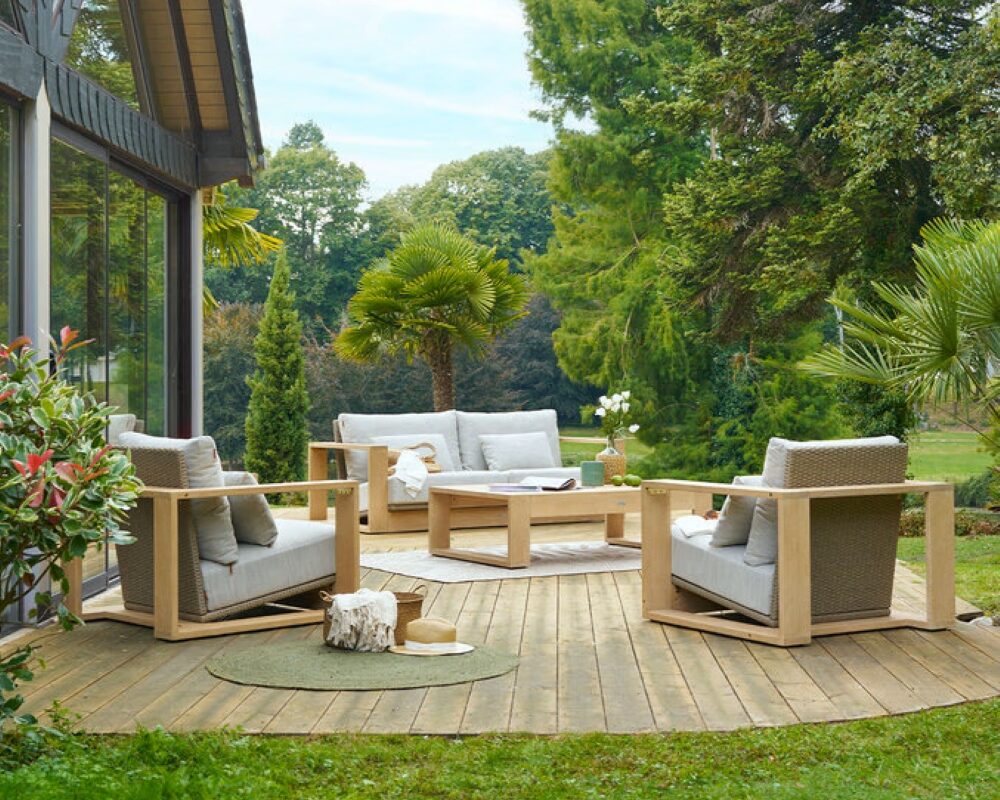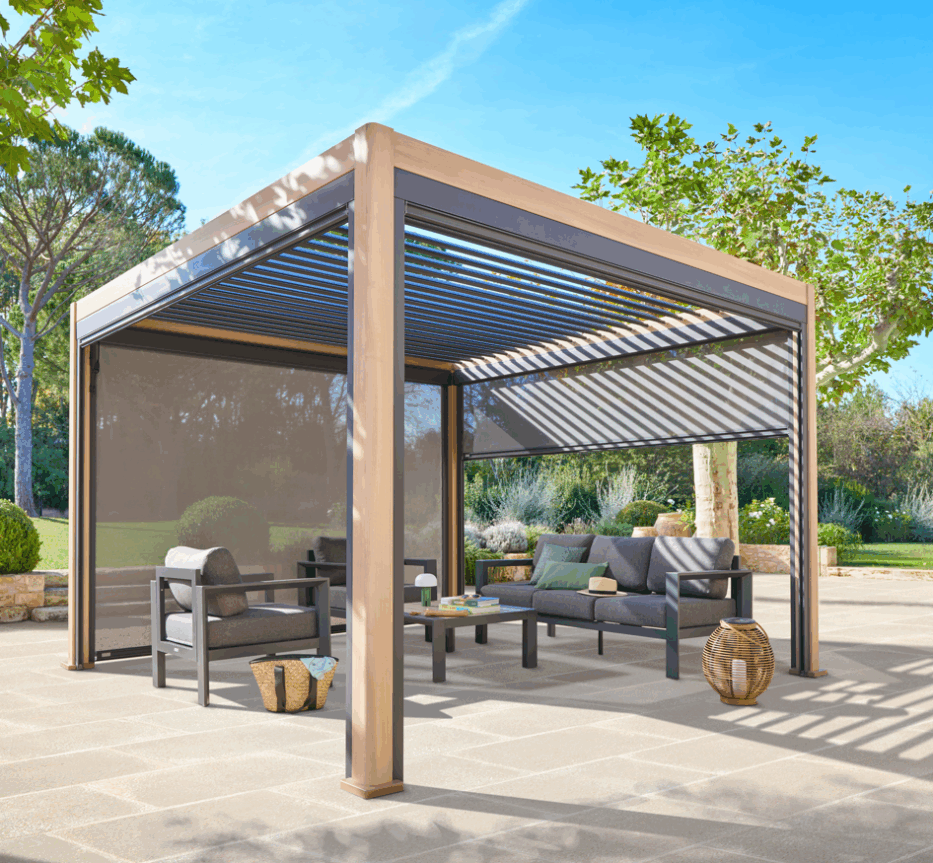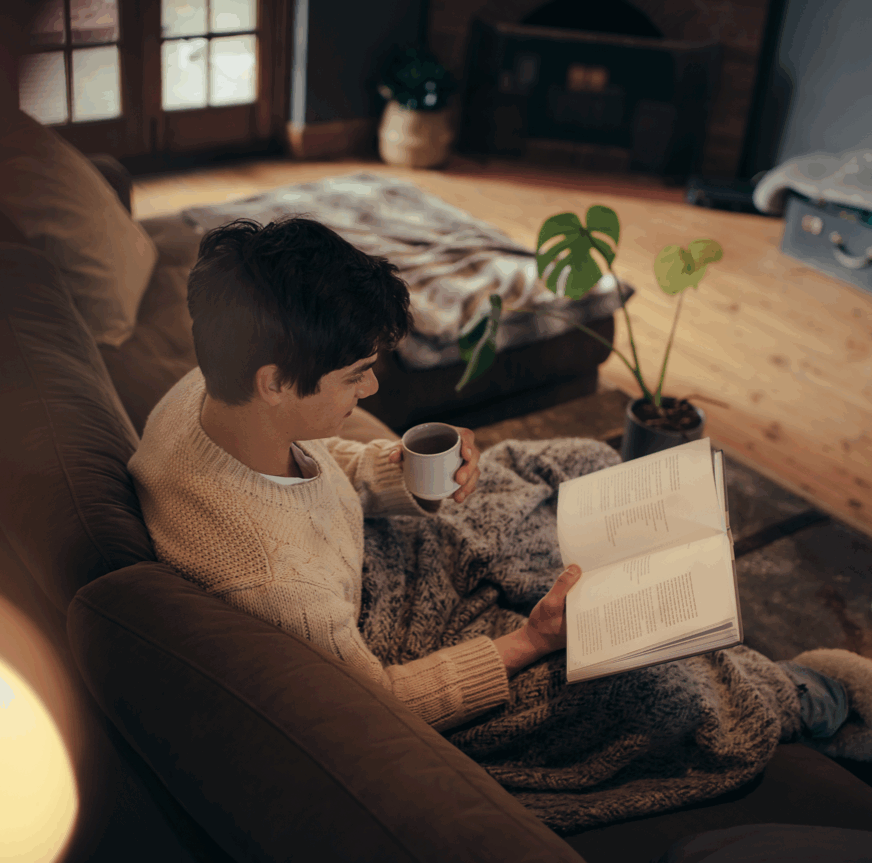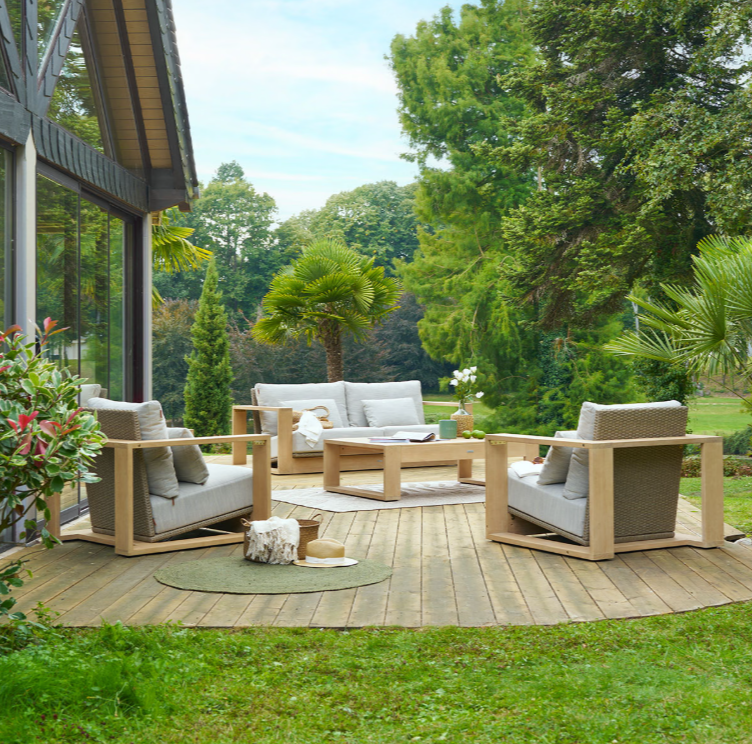"The garden has become a real space for living and expression".
Pierre Nessmann, landscape designer and Deputy Editor-in-Chief of Rustica
(Photo by: Rustica-Frédéric Marre)

Romantic garden, exotic jungle or family space: how do you transform your outdoor area into a place that reflects who you are? Pierre Nessmann, expert in landscape design, reveals the keys to creating your ideal garden, balancing personal style, managing constraints and everyday pleasure.

In France, around 75% of households have a garden. How do you perceive the French relationship with their outdoor spaces?
Whether they have a small or large garden, a terrace or a balcony, the French relationship with the outdoors is becoming increasingly important. They have truly integrated the outdoors into their lifestyle and are keen to make the most of the space available to them: to relax, get some fresh air while staying at home, but also to grow flowers, herbs or plant shrubs. This interest has been growing since the early 2000s and has seen a further boost during Covid. This is reflected in particular in the demand for garden furniture: outdoor kitchens, barbecues... We’re seeing real enthusiasm for everything that enables outdoor living, relaxation and dining.
Are there archetypal gardens?
There have always been garden models. In the 1980s, gardens followed the French formal style. They were highly structured and organised, with clipped elements, well-defined pathways, straight hedges... Since the early 2000s, this model has evolved towards a more English style, with a little more whimsy. Cottage-style inspirations, wilder flowers: all these elements offer a more natural look that’s more welcoming to biodiversity. We’ve also seen the emergence of the exotic style: the garden is a means of escape, and for some, of recreating a holiday atmosphere. Exotic plants, Mediterranean species, jungle vibes or desert aesthetics with palms and cacti... These latter styles also reflect the evolution of our gardening approaches: we garden in a freer, less academic way.
Climate change is one of the major trends that is changing our relationship with the garden, but also the solutions we can build there.
The garden is increasingly becoming an extension of the home. How can you create a garden that reflects your personality?
The garden is a space that should not be filled, but rather arranged and organised. It is a space with users: adults who entertain family or relax, or young children who play, for example. You need to take the time to observe your garden: its exposure, soil type and environment, and think about how you want to lay it out. Do you want a space for eating and cooking, for children to play, or would you rather create a jungle where vegetation takes centre stage? Next, you need to consider the style: romantic, exotic, highly structured? This will determine your choice of materials for flooring, fencing and furniture. For example, you might prefer wood for a rustic look, or wrought iron for a more classic garden. Next comes the choice of plants, again based on your personal preferences but also on how much time you have to maintain the garden. And finally, decorative elements: lighting, benches, tables and chairs... These are often the first things we buy, when ideally they should be the last step!
Are there any common mistakes to avoid when transforming your garden into a real living space?
The biggest and most common mistake is to think too big. Planting lots of plants is expensive, and maintaining them takes a lot of time. It is better to add a few square metres of flowerbeds each year. This means having a good overview of the garden project early on, but implementing it little by little. Another common mistake is to neglect seasonality and the weather. If you don’t go out into the garden because it’s raining and you keep putting off maintenance, there will be consequences for the garden. For example, a shrub that is pruned too late may not flower. You therefore need to be aware of what you are and are not prepared to do in the garden and adapt your project accordingly. Finally, the last and most common mistake is investing in poor quality, whether it’s the materials used in our furniture, which is exposed to the elements, the quality of our gardening tools, or the plants themselves.
What do you think will be the major trends in gardens as living spaces in the coming years?
Climate change is one of the major trends that is changing our relationship with the garden, but also the solutions we can build there. We need to think differently, introduce species that are more resistant to heat, and estimate our watering needs as we are increasingly constrained by our use of water. On a more positive note, there is also a trend towards the art of living in the garden. Increasingly, the outdoors is seen as a real living space and a place for self-expression. And to bring it to life, we need to take ownership of it, devote time to it, but above all, create a garden that suits us and our lifestyle, so that it is a pleasure to live in!




